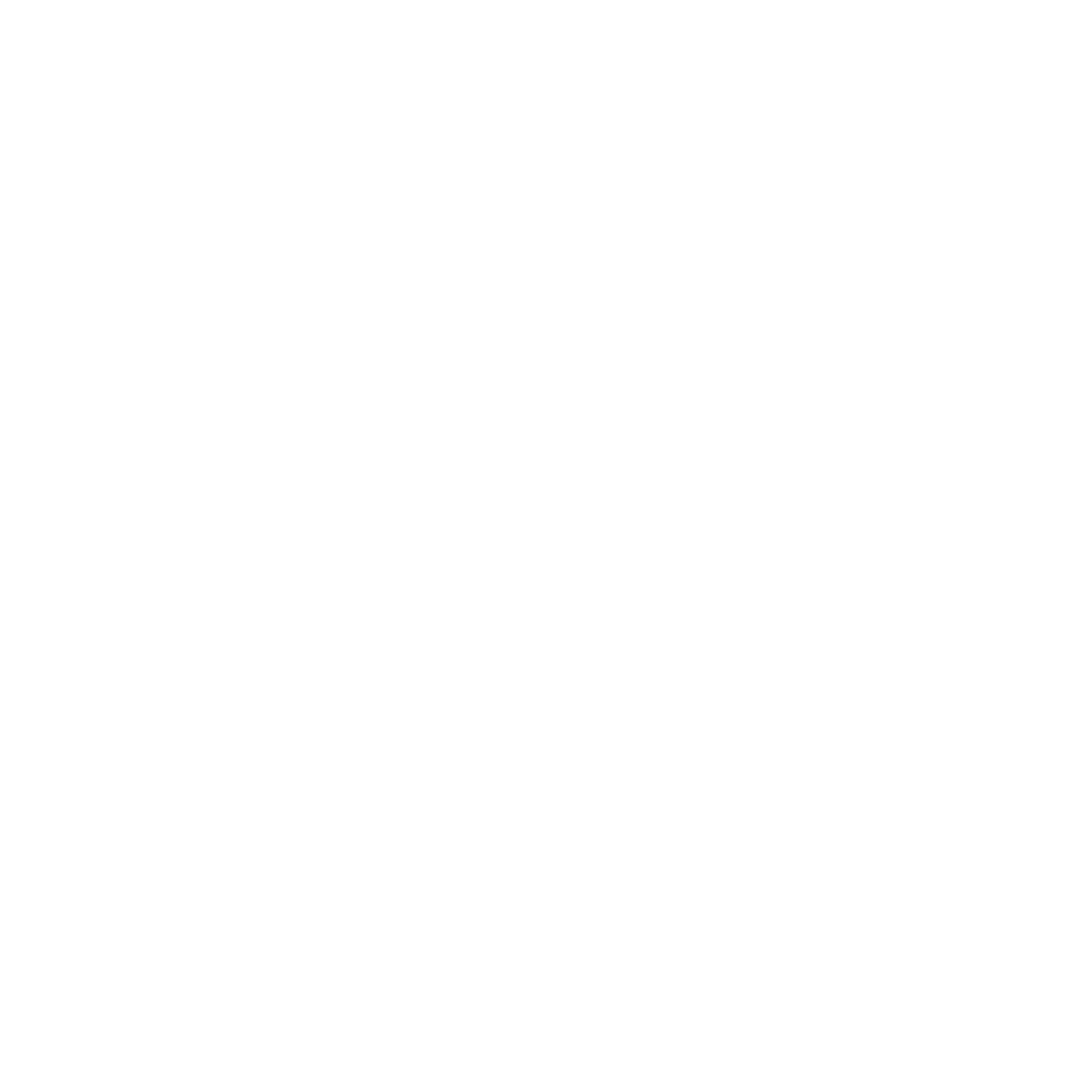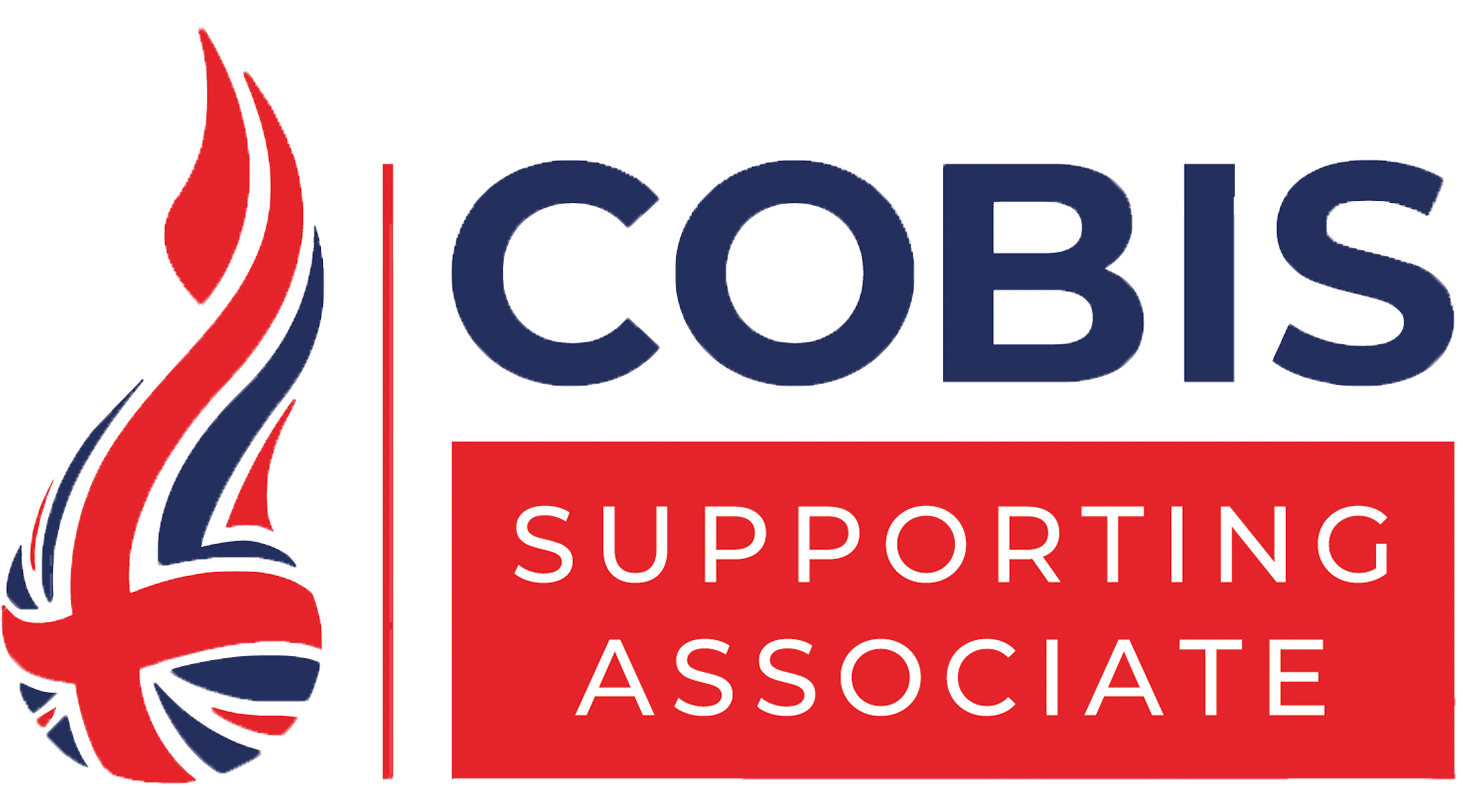A collaborative environment, on its surface, seems like an obviously good thing for any school. Who doesn’t like the idea of colleagues working together to increase student learning?
But as evidence-informed practitioners, we prefer a rationale grounded in research that our efforts are indeed “best bets” for teachers’ time. Here, the evidence on teacher collaboration (a term which lacks a single, clear definition) is somewhat mixed. While some studies (e.g., Vescio et al., 2008) are often cited in support, the research landscape overall is weak and unhelpful about effective forms of collaboration. There’s a lack of validation of measures, limited replication, absence of strong causal evidence, and an over-reliance on retrospective assumptions or rationalisations of “success.”
So why, then, does the Great Teaching Toolkit CPD package (rather than just the Evidence Review) encourage teacher collaboration?
We have tried to think harder about collaboration, and understand what exactly it is about teacher collaboration that can lead to improved outcomes. From there, it is more apparent why we decided teacher collaboration has a place in the GTT.
A key ingredient for teacher collaboration is a focus for the group. The group’s time needs to be structured with a clear goal, and one that has practical relevance to teaching (and student learning). Unstructured chat with colleagues may feel helpful, but is less likely to bring about improved practice. For this reason, the GTT guides teams of teachers through specific processes like identifying, exploring, and integrating elements of great teaching.
We know that students learn best when teachers create a supportive environment, with a climate of high challenge and also high trust. Teachers’ learning benefits in the same way; teacher collaboration that is simultaneously supportive and challenging helps increase the effectiveness of collaboration.
By virtue of comprising multiple people, collaborative learning benefits from the collective expertise of the teachers in the group. Group members may arrive with their own prior knowledge, or they develop expertise through exploration of an element of great teaching. Collaboration encourages this expertise to be shared for the benefit of the whole group; all teachers can be brought up to the level of the best. This is the ultimate aim of the GTT. The courses underpin this, by clarifying what changes in practice are most likely to impact student outcomes.
To round out our rationale of teacher collaboration, let us return to our initial reaction. It sounds like a nice thing and feels like a nice thing simply because it is a nice thing. Collaboration builds social bonds between colleagues. We feel attached to groups when we share a focus; we feel motivation for our goal, and our group’s success; collaborative groups promote and sustain buy-in. Aside from the learning gains that come from strong group affinities and motivation, it may support staff wellbeing and retention. These are ends in their own right as part of a positive school environment, but they also can lead to further gains in staff development.
Ultimately, there is probably not a single model of teacher collaboration that works best—but where there is quality collaboration, teachers seem to be more effective and improve faster than others (Ronfeldt, 2017).
Teacher collaboration is not a panacea. Like everything else in education, it can work; it depends how you do it. We have created a particular model to leverage collaboration, in line with the best available evidence. Almost certainly, it can be improved—and it will be, as we collaborate with teachers to learn more about how they use it. But for now, we are optimistic and excited about this feature of the Great Teaching Toolkit.
Find out more about how the Great Teaching Toolkit can contribute to your school’s or college’s professional development here.
References and additional reading
Coe, R., Kime, S., & Singleton, D. (2022). A model for school environment and leadership (School environment and leadership: Evidence review). Evidence Based Education. https://evidencebased.education/school-environment-and-leadership-evidence-review/
Ronfeldt, M. (2017). Better collaboration, better teaching. In E. Quintero (Ed.), Teaching in Context: The Social Side of Education Reform. Harvard University Press.
Vescio, V., Ross, D., & Adams, A. (2008). A review of research on the impact of professional learning communities on teaching practice and student learning. Teaching and Teacher Education, 24(1), 80–91. https://doi.org/10.1016/j.tate.2007.01.004





